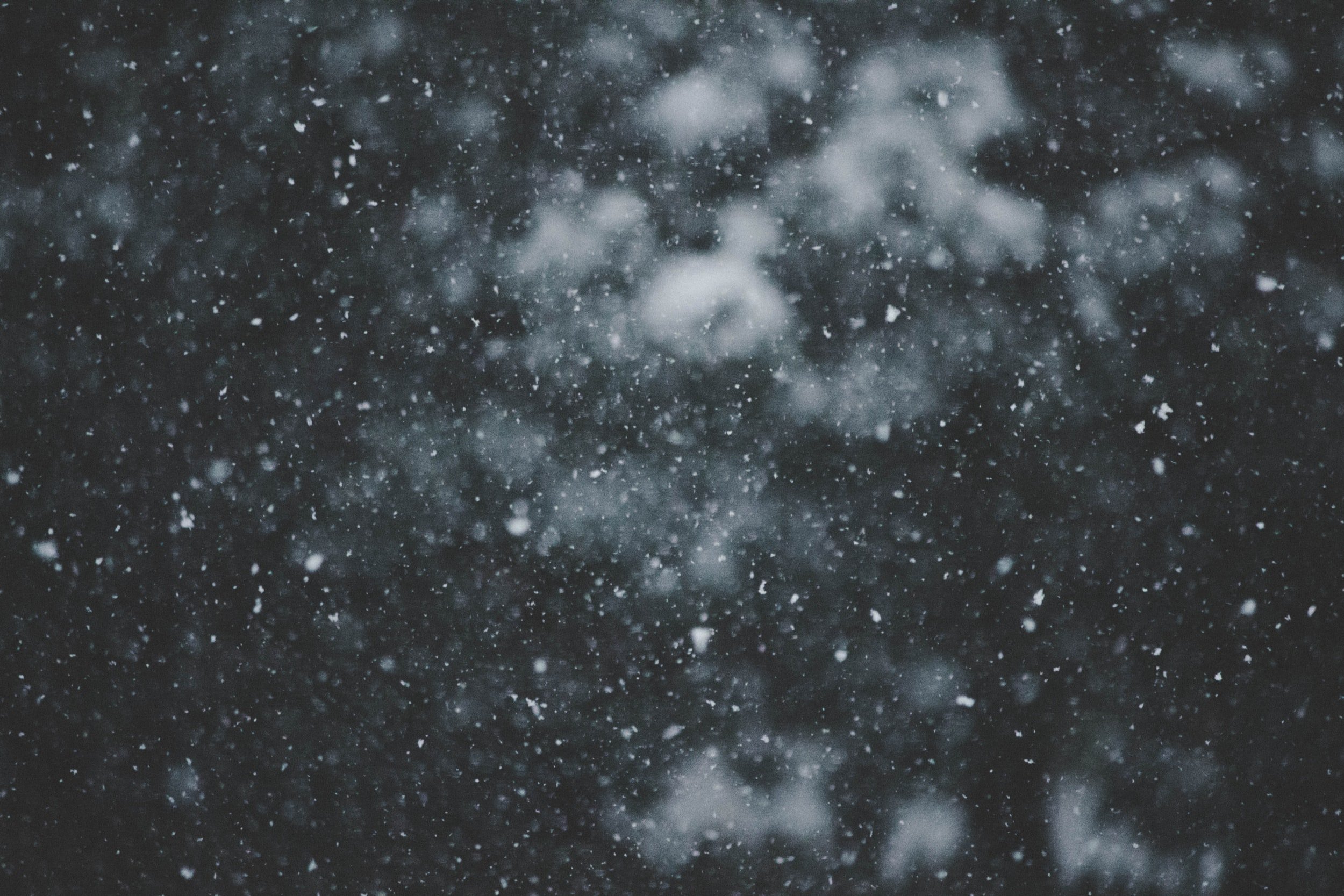
Winter Care
Winter is knocking at the door! The days are shorter, temperatures drop, sun’s clouded and we turn the heat to cozy up. All of these conditions make life more difficult for potted plants. A little care will help them survive and thrive once Spring returns. Here are our best tips on how to keep your plants healthy at this difficult time of year.
Placement
Most plants use the colder months to go dormant. This is generally known as their resting phase. Growth will become more staggered and plants use less water. Most indoor plants do prefer normal room temperature without too much change. This becomes a slight issue as the heating comes on and humidity in the air becomes less. For most plants it is enough to move them away from heat sources. If you have plants on the windowsill, make sure they don’t get cold draughts. It is also important to remember that leaves should ideally not be touching the cold windows as these may get a cold shock. Leaves will turn brown and eventually fall off. Another factor to remember is that some plants are very sensitive to cold and can be affected by a too cold or too hot floor, i.e if you have underfloor heating. To prevent this you can place a piece of styrofoam under the pot, a cork board or put your plant in a standing planter.
Watering, Humidity and Light
Houseplants do not need much water during winter. Always check the moisture in the soil before you water them again. Cacti, succulents, plants like Sansevieria and ZZ can go a month without any need of water, and only a little at a time. You can let trailing plants such as Philodendron, Scindapsus and Epipremnum dry out well. Tropical plants suffer the most over winter as the temperature drops and due to plants being dormant, roots do not absorb much water. We recommend that you let the top two inches of the soil dry out before you water them again. Leave tap water out overnight and make sure it is room temperature and not cold. Bottom watering is ideal for plants as Calathea, Alocasia and Monstera to mention a few.
Because humidity is lower when the heating is on we suggest you mist your plants with lime-free, lukewarm water often. Misting prevents the plants from losing a lot of moisture. This is also great for preventing dust collecting on leaves and further reducing light the plant receives. Dust will hinder photosynthesis and cause brown tips on the leaves. Wipe large leaves frequently. Another suggestion is to move light sensitive plants closer to the window over winter. This will encourage the roots to take up water keeping the leaves stronger.
Pests
Plant pests have a ball over winter! Spider mites, fungal gnats and aphids thrive in either too dry soil, or too wet. Pests also reproduce rapidly in hot, dry and heated air. The best advice is to frequently check leaves and soil. Indication of pests are usually sticky or spotty leaves, white web around the stems or across the soil. In any case, remove the plant away from others, wipe off the leaves with rubbing alcohol or some lukewarm water with a drop of washing up liquid. Use a cotton bud dipped in rubbing alcohol to get rid of any webs and spray with neem oil. If they are persistent, you may have to repot your plant but be gentle with the roots, and don’t water your plant straight away. Let the roots climatize to the soil as this will take longer over winter. For gnats we recommend you let the soil dry out and use sticky traps.



